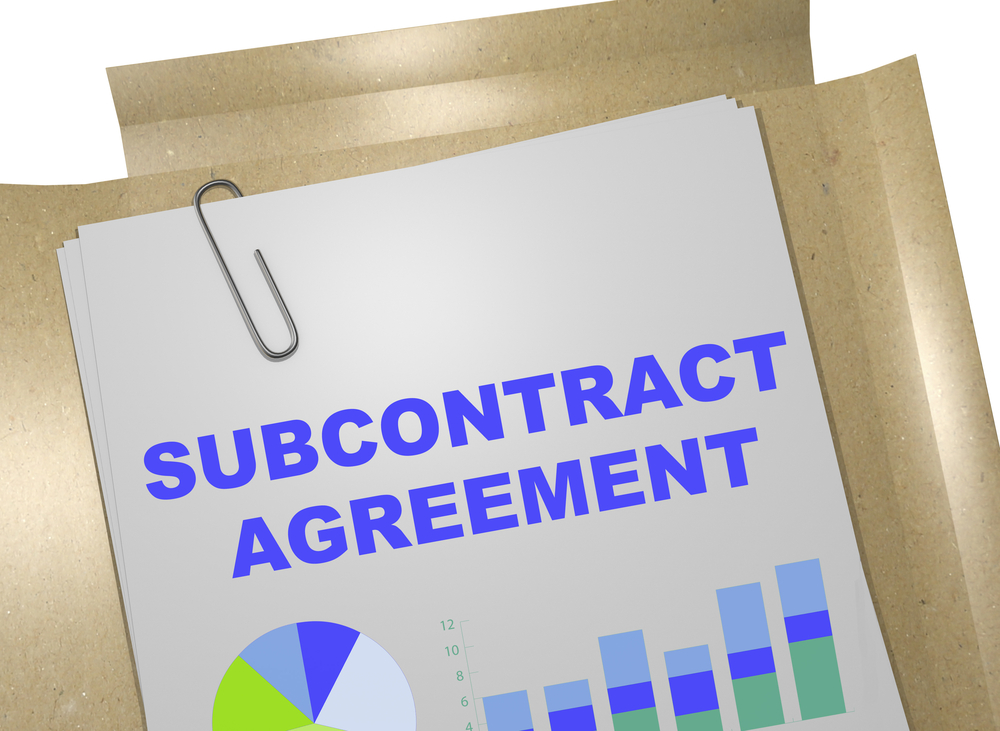Subcontractors are an important part of any construction project, but they can also be a challenge when it comes to creating and implementing a stormwater pollution prevention plan (SWPPP). A contractor has more control over the training and daily activities of his or her own crew than the subcontractors, but all the people on your site from day to day are responsible for ensuring that your SWPPP is done correctly. Here are some important considerations for incorporating the subcontractor agreement in your SWPPP and enforcing it.
SWPPP Subcontractor Agreements
The best way to create and enforce BMPs for stormwater management with subcontractors is to start with a solid agreement that is documented in your SWPPP. Generally one party or company will be the main developer who files for the permit, which makes them the operator who is responsible for enforcing those agreements. However, that person is probably not going to be on site every day, so it’s important to create legally binding agreements with subcontractors to designate operators who will be on site and can make sure the BMPs are implemented and maintained as stated in your plan.
Training
Once you have the agreements in place, the next step (and perhaps most important) is training. Most states will still hold third parties or companies liable for stormwater damage, so they should be fully invested in the training for themselves and any member of their staff who will be on site.
Your training sessions should include information on:
- Erosion control and pollution prevention basics (not all subcontractors’ staff will be familiar with stormwater prevention requirements)
- Spill prevention
- Cleanup activities and prohibitions
- Stormwater BMPs and how to avoid damaging them
- Penalties for noncompliance and liability of each party
- Inspection, maintenance, and recordkeeping for BMPs
Training can take many forms, including in-person sessions, displays at the site, or on-demand web-based sessions and downloadable documents.
You can conduct more in-depth training on the location, type, installation requirements, and purpose of each BMP with the designated operators from each subcontractor so they know what to look for in maintaining the SWPPP. Make sure every designated operator has contact information for who to call if something goes wrong or they have questions.
Inspections
Once clearing and grading activities begin, you should start a regular inspection schedule. Take photos and clearly document areas where subcontractors need to help with maintenance, or where their activities have damaged BMPs and keep those in your maintenance records. You may need to have an automatic weather inspection plan anytime it rains or snows, and subcontractors can help.
Get Help with Your SWPPP
If you need help creating or implementing your SWPPP, talk to Erosion Control Services today. Our expert team has the experience you need to ensure that your whole crew—and any subcontractors on site—understand the importance of a SWPPP and can create an effective one.


